E-bikes have been growing more and more popular and with the introduction of e-bike and e-scooter rentals in many urban centres, Parks Canada has come up with guidelines on how visitors can enjoy a boost to their rides in Alberta’s national parks.

Not every e-bike can be ridden in Banff, Jasper, Yoho, Kootenay, Yoho and Waterton Lakes national parks — only those that generate no more than 500 watts of electricity and have an automatic stop when the bike goes more than 32 km/h are allowed, Parks Canada said. The bikes must also have a safety mechanism that keeps the motor from engaging unless the bike goes at least 3 km/h.
When and where you can use e-bikes varies throughout the mountain parks.
Banff National Park
Pedal-assist e-bikes are only permitted in limited places in the resort town of Banff, but according to Parks Canada, the national park is currently reviewing and assessing its policy to come up with a strategic approach that takes into consideration current park management plans, ecological integrity and visitor experience.
E-bikes are not allowed in the backcountry, Parks Canada said.
E-bike riders in Banff can travel in the following places:
- Legacy Trail from Banff east gate to east end of Bow Valley Parkway
- Bow River Loop from Lake Louise campground to Bow River Bridge
- Tramline Trail
- Great Divide Route from the parking lot at kilometre 3.6 of Lake Louise Drive
Jasper National Park
E-bikes are whizzing around some biking trails in Jasper as a pilot for 2019.
Parks Canada said it’s hoped the restrictions will reduce any conflicts between different trail users and maintain ecological integrity.
Pedal-assist e-bikes can be used on all roads accessible by vehicles, grated or ungrated, except groomed winter trails on Highway 93A, Geraldine Road and Moab Lake Road, as well as the following biking trails:
- All trails within Three Valley Confluence (except $10a od Flower Loop trail, #7 Maligne Canyon trail (from t51 bridge to Sfh bridge), #515 Whistlers trail above Fast Track junction, #1 Old Fort Point trail from the top of the wooden stairs to the junction with trail #9 and #1a, #4d Annette Loop, #9a around lakes 2-4 between junctions with 9b, #17 Pyramid Island)
- Signal FIre Road
- Wabasson Campground Trail
- Poboktan Creek Trail to Waterfalls Campground Athabasca Pass Trail to Cimon Creek and spur trail to Moab Lake
- Geraldine Fire Road to Geraldine parking lot (not Geraldine Parking lot to Geraldine Lookout)
- Fryatt Valley Trail to Lower Fryatt Campground
- Sunwupta Falls to Athapasca Crossing and spur trail to Long Lake
- Jacques Lake Trail to Jacques Lake Campground
- Northern Boundary Trail between Celestine Lake Trailhead and Rock Lake
- Celestine Lake and Devona Lookout trails, Pochahontas Campgroludn Trail and spur to Punchbowl Falls
In winter, e-bikes will also be allowed on frozen lakes and rivers that are accessible from roads or from the approved biking trails.
Kootenay National Park
Visitors to Kootenay National Park are allowed to ride pedal-assist e-bikes on all roads and designated mountain biking trails within the park, which include the following trails:
- East Kootenay Trail, Pitts Creek to Daer Creek between Pitts Creek and Daer Creek with access mid-trail at McLeod Meadows Picnic Area via Dog Lake Trail — biking isn’t allowed on the Dog Lake Trail
- Hector Gorge Trail between the south trailhead 1.8 kilometres north of Dolly Varden picnic area and the north trailhead two kilometres north of Kootenay Crossing
- West Kootenay Trail from Kootenay Crossing to park boundary
- Dolly Carden Trail between Kootenay Crossing and the Crooks Meadow Group Campground
Yoho National Park
E-bike riders on pedal-assist bicycles can enjoy riding on all roads, except Lake O’Hara Road, in Yoho National Park along with designated mountain biking trails, including:
- Tally Ho Trail from Highway 1 to Emerald Lake Road
- Kicking Horse Trail from Natural Bridge to Hotterhead River
- Ross Lake Trail from Lake O’Hara parking lot to Russ Lake Junction and on to Lake Louise
- Otterhead Trail from Natural Bridge to Tocher Ridge Junction
- Ottertail Valley Trail from Highway 1 to McArthur Creek Warden Cabin
- Ice River Trail from Hoodoo Creek Campground to Lower Ice River Warden Cabin
- Amiskwi Trail from Natural Bridge to Otto Creek
Waterton Lakes National Park
Pedal-assist e-bikes are allowed on roads and biking trails in Waterton Lakes National Park, as long as they fall within certain specifications: they must be able to be ridden using pedals, the electric motor only kicks in when the bike is being pedalled, and it generates no more than 500 watts of electricity.
Electric bikes that have a throttle to accelerate the bike can only be used on roads within Waterton Lakes National Park, as is in line with provincial road laws, Parks Canada said.
The use of e-bikes is also being reviewed in Waterton Lakes and the guidelines could change to increase environmental protection, visitor safety or visitor enjoyment, Parks Canada said.
E-bike safety in mountain parks
Parks Canada also advised of a number of safety points to keep in mind if visitors are taking their e-bikes out on the roads or trails in Alberta’s national parks:
- There’s a higher chance of a sudden encounter with wildlife or other users
- Cyclists are expected to follow proper trail etiquette and give wildlife the space they need
- Cyclists are responsible for their own safety and advised to keep personal limits in mind and ride within their capacity
- Waterton Lakes National Park doesn’t allow the use of e-bikes with the aim of seeing users ride fast, rather allowing them to use the park with a different kind of transportation
“In order to maintain the ecological integrity of national parks, the use of pedal-assist e-bikes will be limited to select trails with low potential for impacts to the environment,” Parks Canada said.
“The use of pedal-assist e-bikes is expected to have negligible impacts on the environment and have no different impact on trails than what is already experienced by regular bike use.”

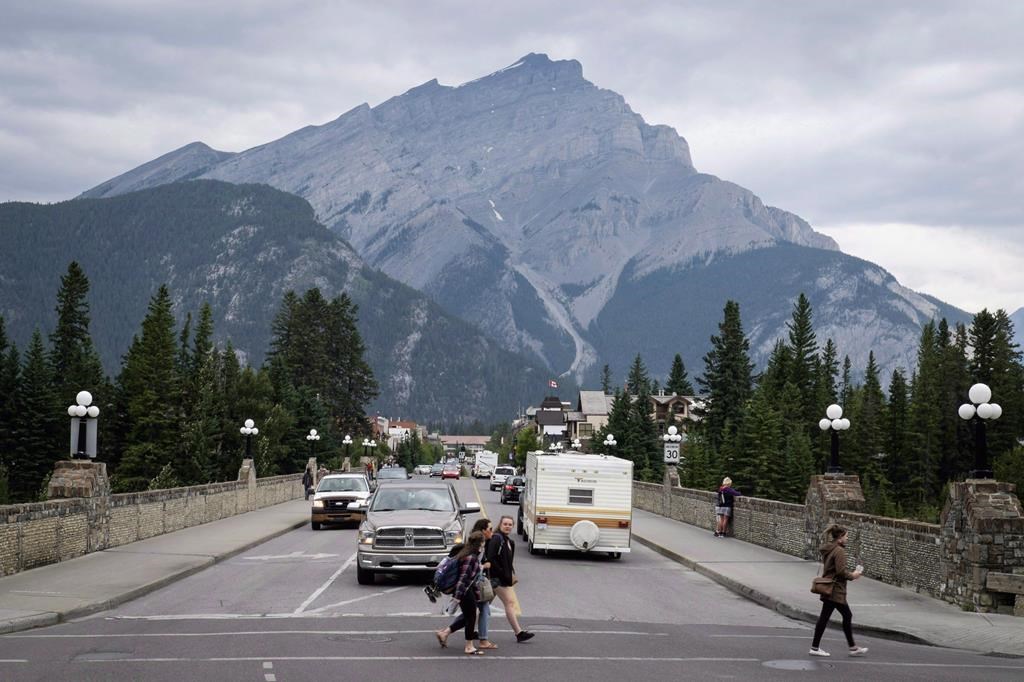
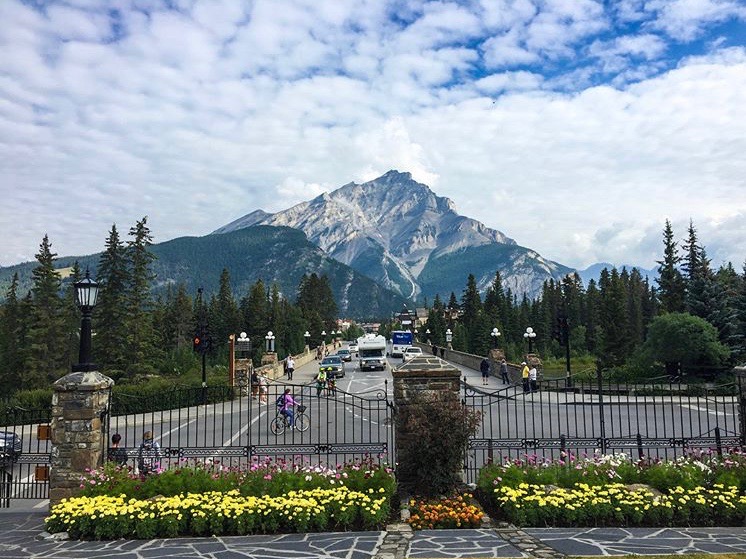
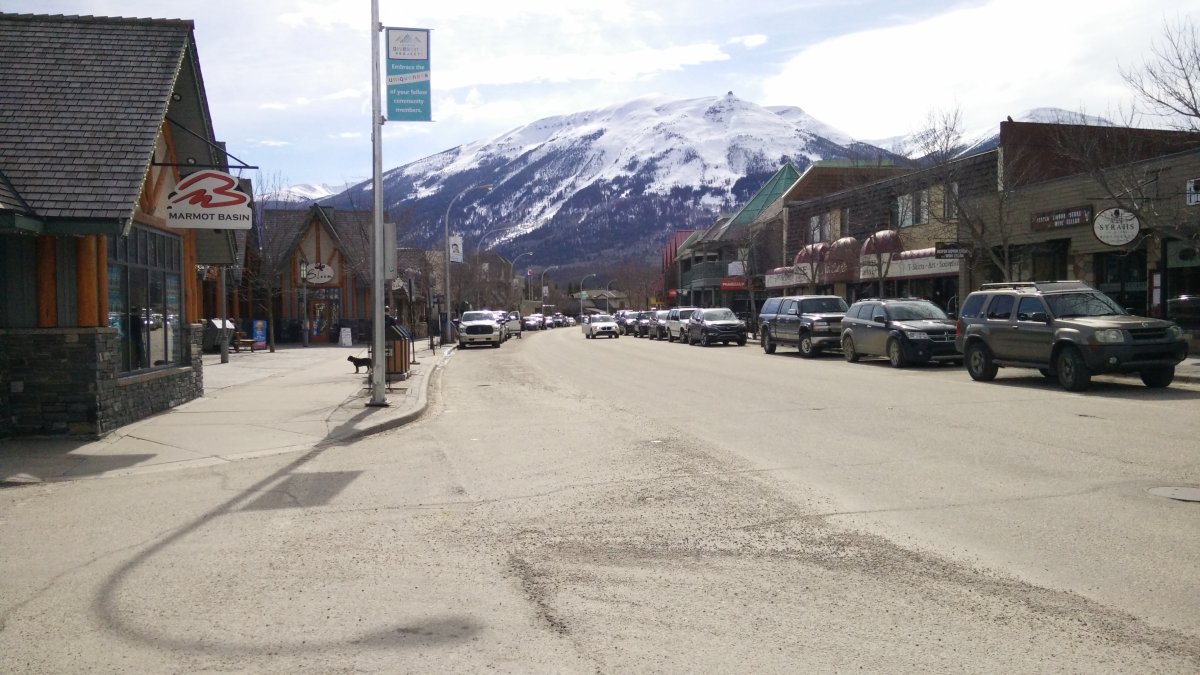
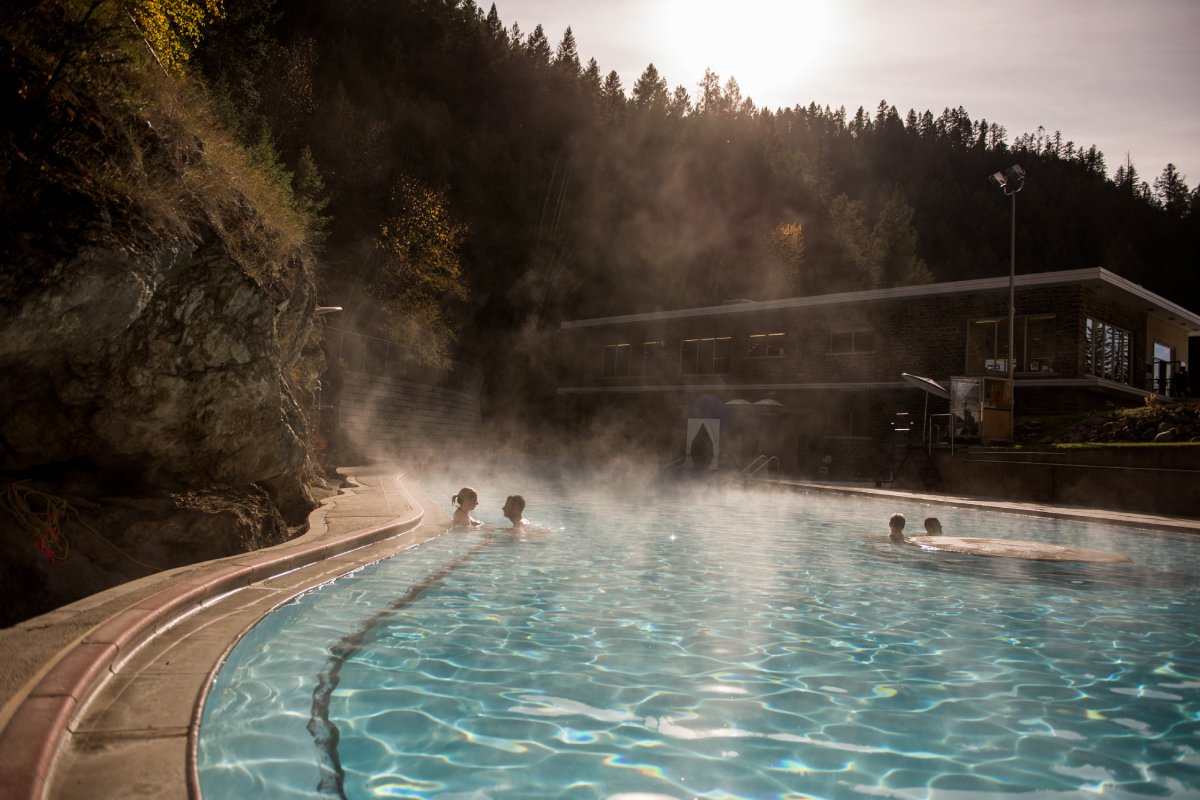
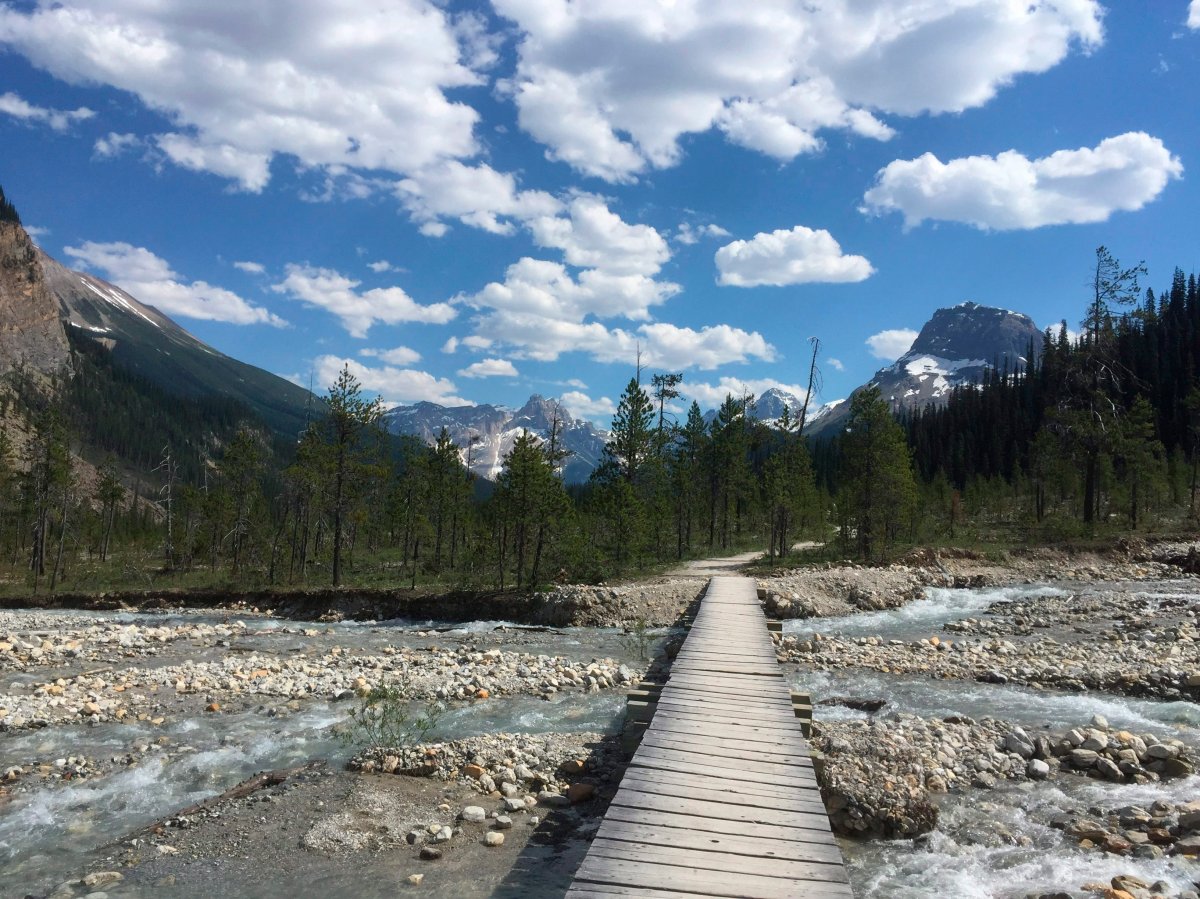
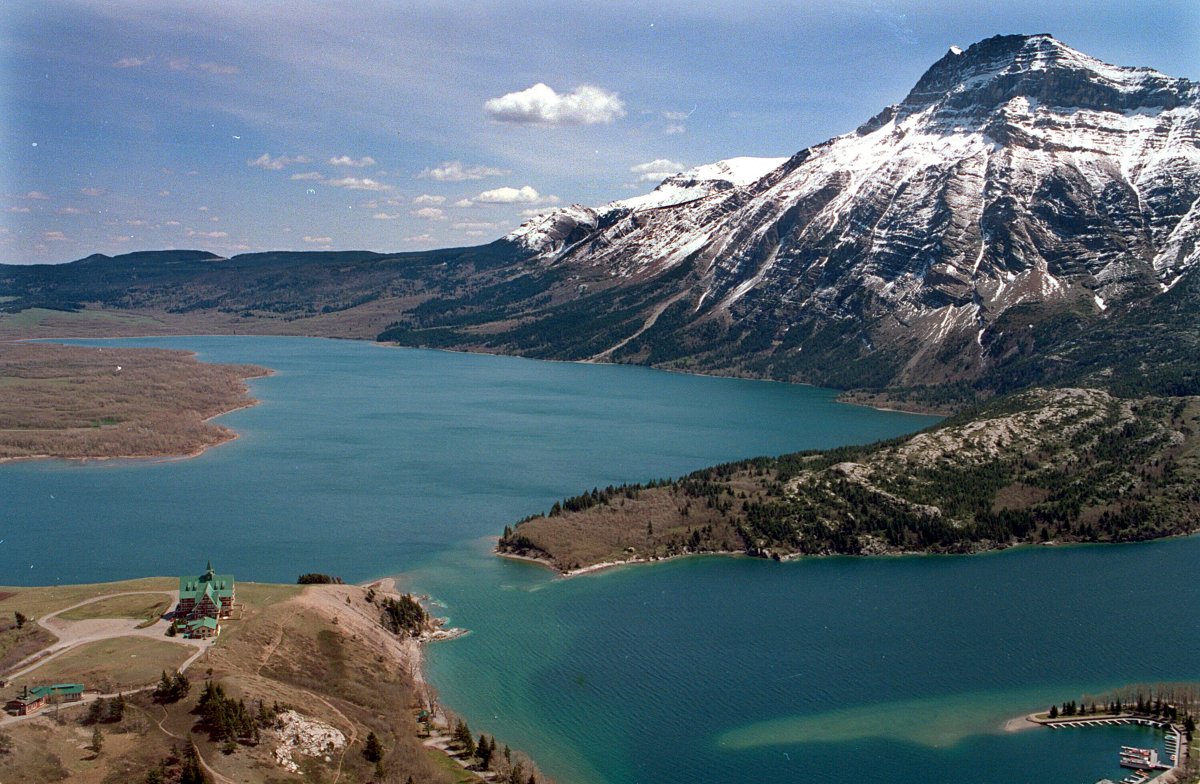
Comments